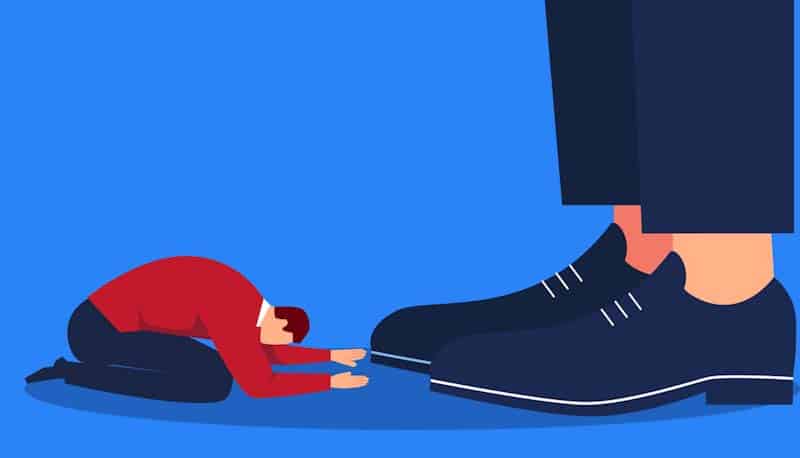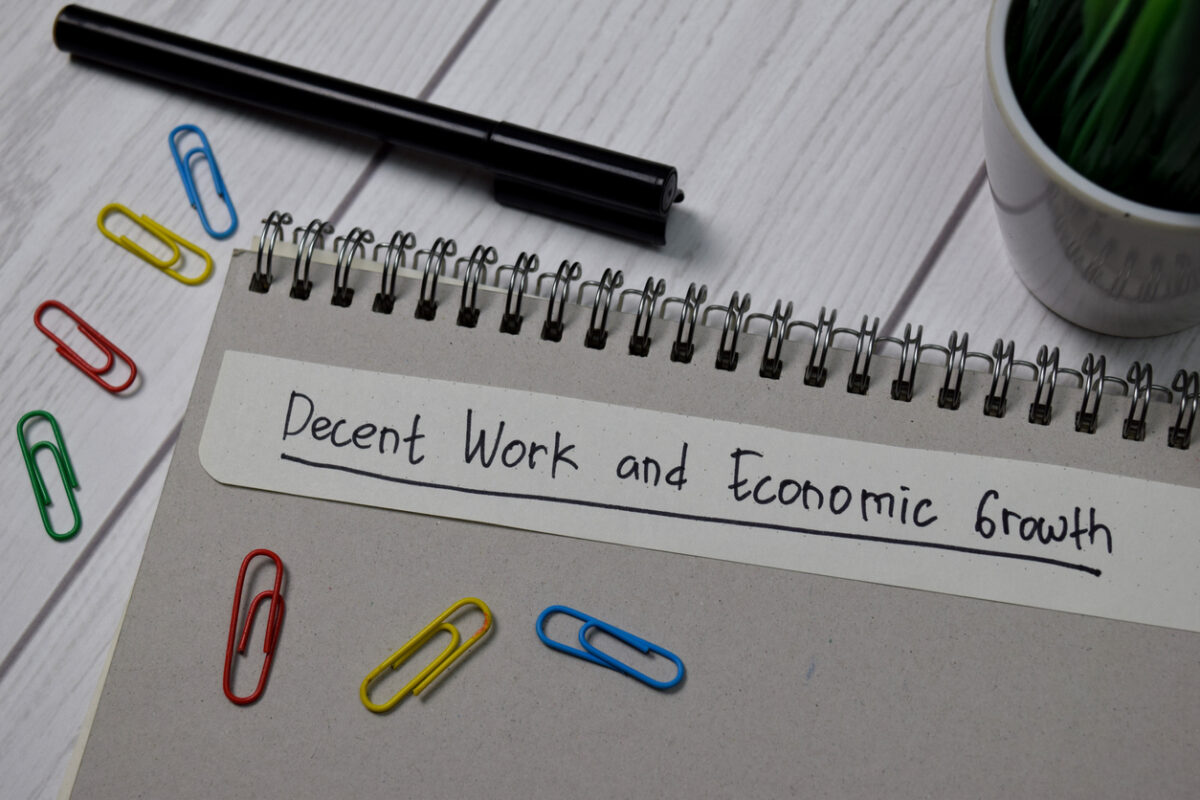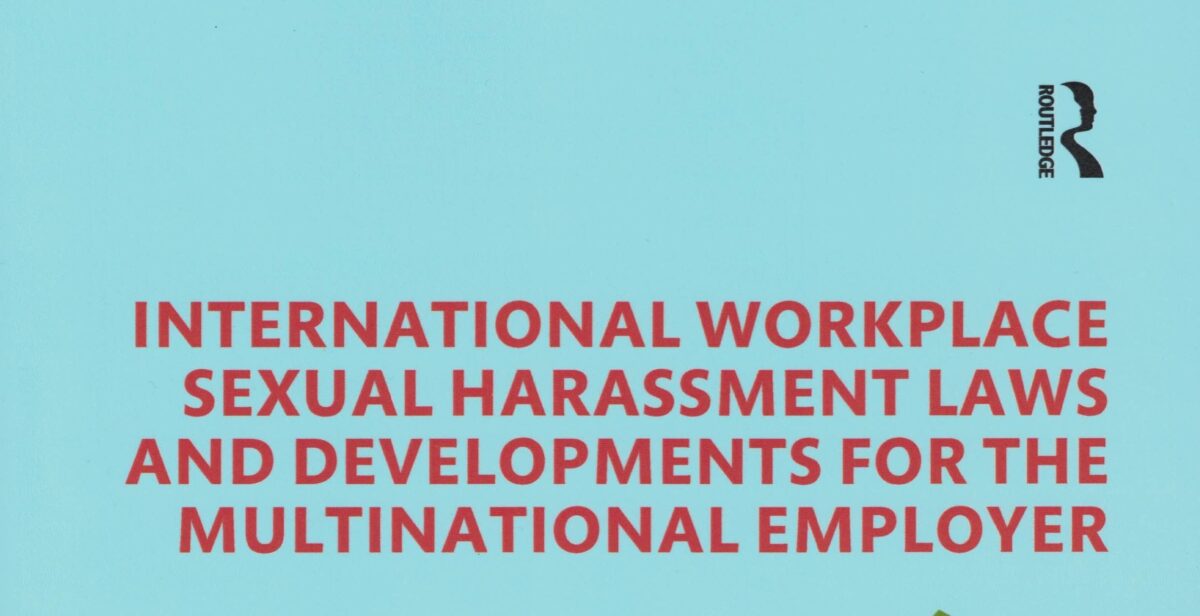COVID-19 and its variants persist as real risks in Australian workplaces, but employers want workers to continue to return to workplaces. Most of these workplaces have not been redesigned to increase ventilation. Most persist with long desks of multiple users in open-plan arrangements, although some continue with almost continuous cleaning regimes. Employers can argue that they are following public health guidelines (or their absence), but the occupational health and safety (OHS) risks still need managing.
Possible Treasury and Industrial Relations white papers before the Job Summit and October Budget
So what level and type of well-being budget did Dr Jim Chalmers commit his government to? A lot less than we anticipated last week. Dr Chalmers gave a nod to the work of his New Zealand counterpart but seems to be waiting for further discussion in the “jobs summit” in September 2022.
Michelle Grattan has written that:
“A coming test for consensus will be the September jobs summit. This will be an ideas-gathering exercise, but the government will also want to shape it as a prelude to the October budget, and that will require some common messages.”
Regardless of Dr Chalmers’ intention to develop a well-being budget, the jobs summit will have the same tripartite of industrial relations and occupational health and safety (OHS) invitees. Unless Dr Chalmers and Treasury offer up something fresh, like an OHS perspective on the prevention of mental health, innovation is unlikely. Little more than “in-principle” agreements should be anticipated.
The well-being budget is OHS’ time to make its case for inclusion
The Australian Treasurer, Dr Jim Chalmers is receiving good media attention for his thoughts on a “well-being budget”. This newsworthiness has been helped by American economist Joseph Stiglitz being on an Australian speaking tour at the same time. Stiglitz strongly advocates using socioeconomic measures to complement traditional economic measures. Well-being budgets shift how governments view policies, programs and strategies in a similar ideological fashion to how we should consider safety differently. The occupational context of well-being is well-established, but this new approach to measurement may challenge those established well-being programs.
Australia is not ignorant of the well-being budgets. It is not something created by Chalmers or just imported from New Zealand.
Good framework but insufficient analysis
Occupational health and safety (OHS) is rarely analysed as a stand-alone business element. As such opportunities are missed to clarify one’s understanding of work health and safety and companies’ experience of it beyond “commitments” and workers’ compensation costs.
There is great potential for change in the United Nations’ Sustainable Development Goals (SDGs), especially Goal number 8. Sadly, even here “Decent Work” which includes the safety and health of workers (8.8) is shared with “Economic Growth”. As a result, it is often difficult to isolate the OHS components. A recent analysis of Australia’s ASX200 companies illustrates the problem.
Hypocrisy is the biggest drag on OHS achievement
It is impossible to write about occupational health and safety (OHS) without mentioning hypocrisy – when one’s actions fail to meet the commitments we espouse. An important example was identified by a SafetyAtWorkBlog reader concerning the damning inquiry into Queensland’s public sector culture.
Several years ago, Queensland’s work health and safety authority issued a “Five year strategic plan for work health and safety in Queensland 2019 -2023” infographic that states this Goal:
“Queensland Government is a model client/employer and leader in work health and safety.”
Sunlight on “an atmosphere of fear’
The Queensland Government and Premier Annastacia Palaszczuk have been under heavy criticism for their workplace cultures and leadership since the release of the Coaldrake report last week – a “review of culture and accountability in the Queensland public sector”.
The report is very critical of the Queensland government’s management of the public service, identifying problems with the overuse of external consultants, issues of unfairness, the lack of transparency and openness, bullying and more. These findings could apply to most of the contemporary public sectors in Australia nationally and locally (as well as most medium- to large-sized companies).
Sexual harassment laws in dozens of countries and states
Ellen Pinkos Cobb is building an interesting library of books on sexual harassment. Next month sees the release of “Managing Psychosocial Hazards and Work-Related Stress in Today’s Work Environment – International Insights for U.S. Organizations“, but one of her previous titles from 2020 is also enjoyable. Cobb published “International Workplace Sexual Harassment Laws and Developments for the Multinational Employer“. This comparative study is an excellent resource, even though the legal environment is changing rapidly.







